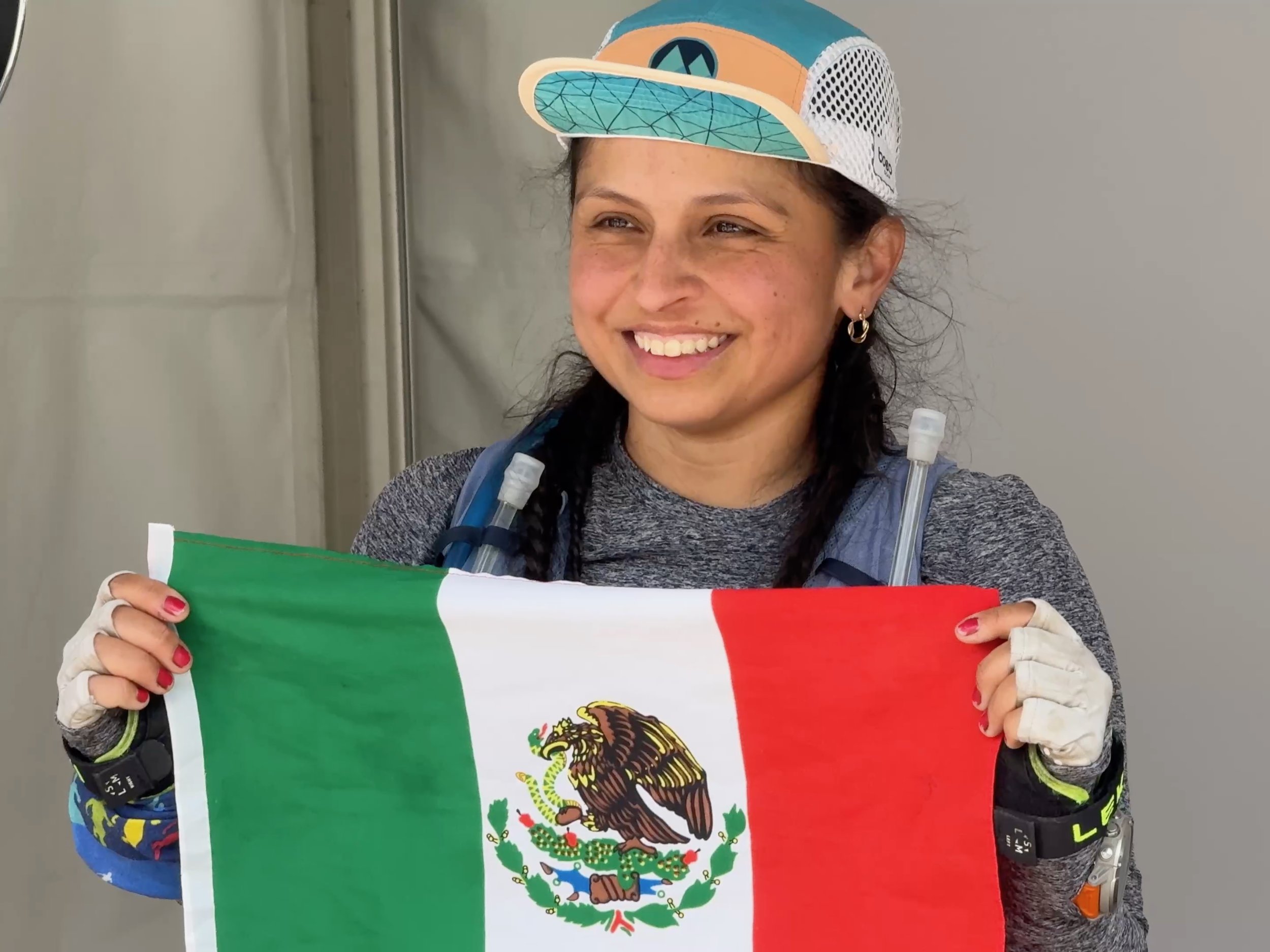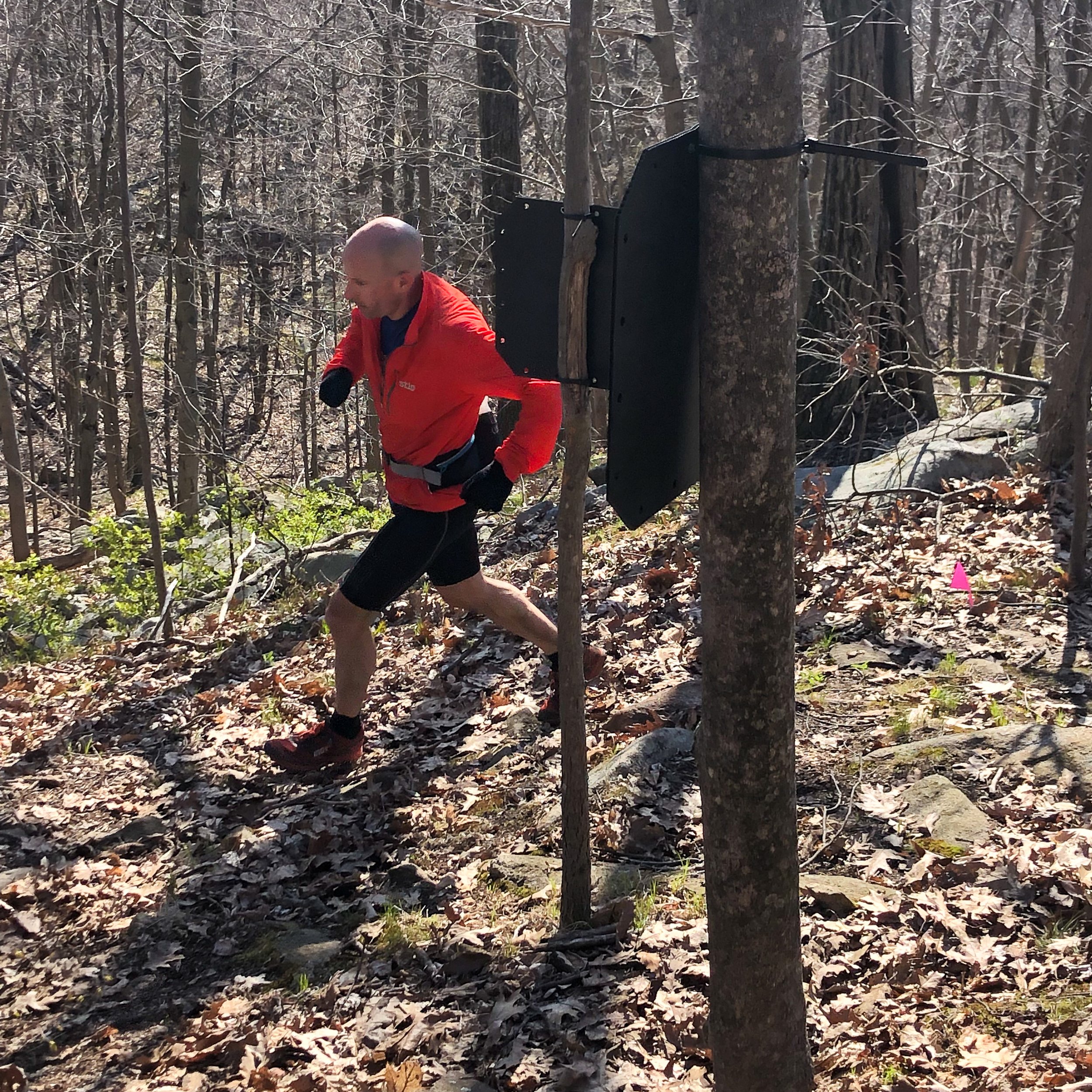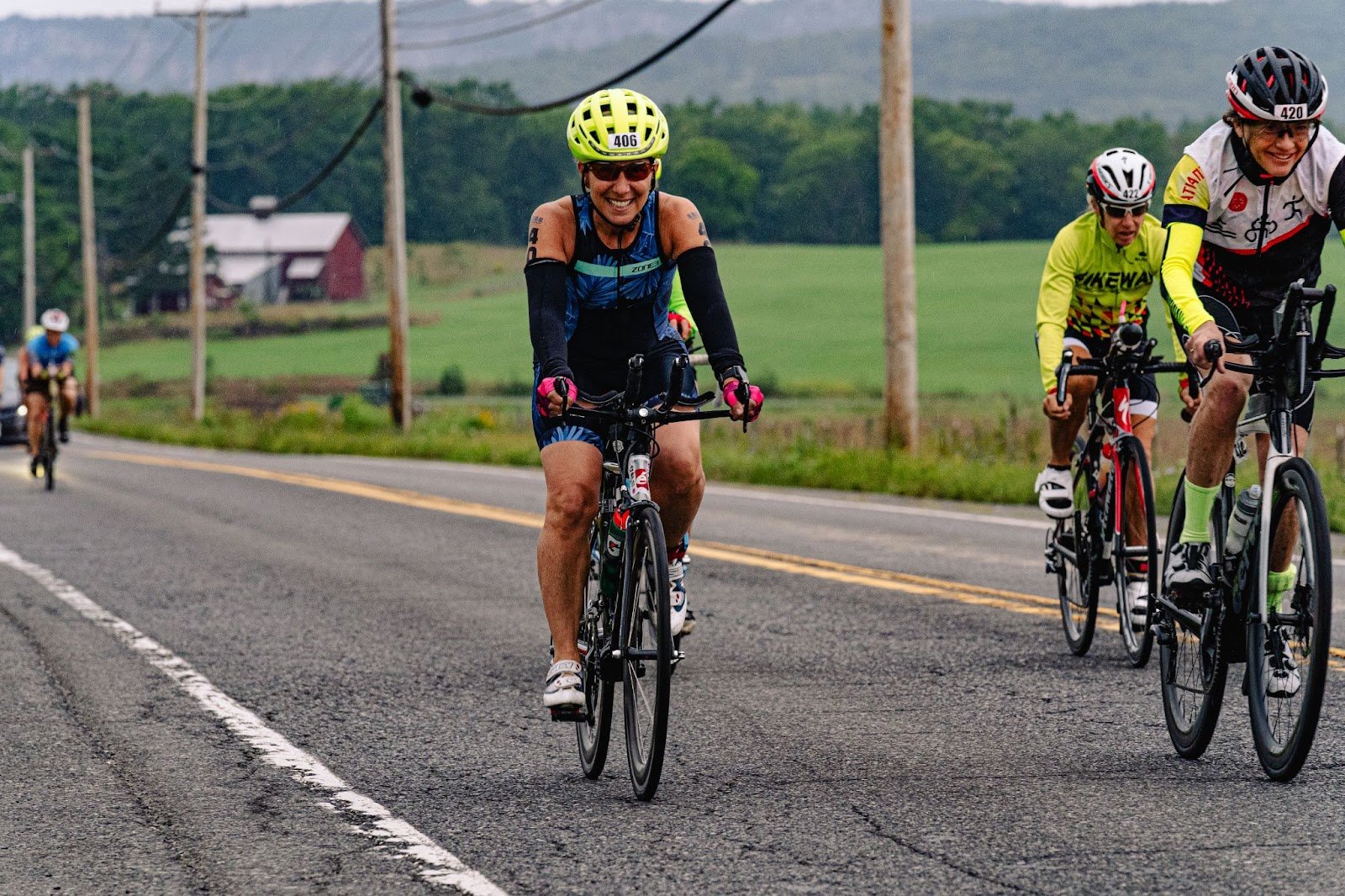Southern Sufferfest: the 2018 Kepler Challenge 60km in New Zealand by Silas Carey
The Kepler Track, located in Fiordland National Park at the bottom of the South Island of New Zealand, is a 60 km loop that climbs up and over a mountain range before dropping down and rolling through old-growth native forests of Beech and Matai trees. One of New Zealand’s ‘Great Walks’ it usually takes four days to complete, taking in some of the most stunning scenery in the country. As a result, it is extremely popular. Bookings for the huts and campsites along the track fill up over a year in advance. But for one day in December, runners have the chance to race the loop in a single push.
While the Tarawera 100km on the North Island may be New Zealand’s most widely known ultra, Kepler Challenge is the most iconic, and as opposed to Tarawera, is a genuine mountain race. The field is always strong, and it is a true testing ground for ultra runners in the Southern Hemisphere. I’ve been dreaming of racing Kepler since moving to New Zealand, and this year I got my chance.
The weather in Southern NZ is legendarily unpredictable. Milford Sound, just an hour’s drive from Te Anau and the Kepler Track, receives up to 27 feet (feet!!) of rain each year. It wasn’t a surprise then, that it was raining when we arrived for the race briefing and gear check on Friday night.
Due to the unstable weather and remote nature of trails in this part of the world, most races have extensive mandatory gear lists. Compulsory gear that must be carried for the entire race included: 2 thermal long sleeve tops, 1 pair of thermal pants, thermal hat and gloves, fully waterproof jacket and pants, and an emergency blanket. All this gear is meant to keep runners safe in the event of an emergency in the mountains, but it makes for a heavy pack. I had my kit dialled though, so I was confident it wouldn’t weigh me down too much.
Race morning dawned miraculously clear and dry, with the temperature in the mid-50’s as we drove to the start line. The start stretches across a dam at the base of Lake Te Anau, and I took my place near the front as the RD readied to send us off.
The first 5 km of the course winds around the shore of the lake on gently rolling trails, before sharply kicking up for the ascent of Mount Luxmore. The start was fast, but I slotted onto the lead pack of 7 and tried to stay relaxed as we flew through the forest. We hit the base of the mountain in about 20 minutes, and I was still on the back of the pack as we started the climb. I knew that it was still early in the race though, and that I needed to stay within myself to have any hope of hitting my goal time. I shifted down into my climbing gear and let the leaders go.
Rolling through the forest as the sun rose | Kepler Challenge
The climb is long and sustained, but never steep enough to necessitate hiking. I kept running as I worked my way steadily up the switchbacks, passing several others who had started too aggressively and were already paying the price.
After about an hour, I broke out of the treeline and onto the open tussocks that are characteristic of the NZ alpine. Though the trail continued to roll, it felt good to stretch my legs after so much sustained climbing.
Above the clouds on Mount Luxmore | Kepler Challenge
The Luxmore Hut serves as the first aid station, and includes a mandatory gear check. The volunteers were in full party-mode with a theme of Abba songs dictating the costumes and music. All of that energy was uplifting, but a bit overwhelming after just having spent an hour + running uphill through the forest alone. I got my gear checked over and was out of the station quickly, working my way up the next rise.
I had been warned by a friend who has run the Kepler before to not be tempted into thinking of the Luxmore Hut as the top of the climb. Though it feels like a victory at the hut, he was right- the climbing is only half done.
The further I climbed, the more spectacular the scenery became. Jagged ridgelines marked the horizon, with mist-shrouded valleys leading down to lakes on every side. I wanted to stop and drink in the views, but I knew I had to keep pushing.
The trail follows a ridge as it climbs, with some sections kicking up to grades that required some hands-on-knees power hiking. I was starting to feel the effects of 2 hours of hard running, but I stayed focused on covering ground efficiently and taking in enough calories and hydration.
Just past the high point of the course I was passed by French pro Martin Gaffuri, who runs on the Scott elite team. Being a genuine European mountain runner, he was in his element in the high alpine terrain. We ran together for some time, until he started to pull away on the technical descent into the Iris Burn Valley. That put me in fifth place overall. Prize money for Kepler goes five-deep, so one of my goals was to finish in the money. I was confident I could catch him on the flat sections to come, so I stayed focused on staying upright and safe over the rocky trail.
Breathtaking views high in the Southern Alps | Kepler Challenge
The trail at this point switchbacks tightly down the opposite face of the mountain. I had been warned to not get drawn into running this descent too hard and destroying my legs. From the valley below the race is only half over, and 17 miles of fast running won’t go very well with blown quads. I pulled into the Iris Burn AS in just over 2:45, slightly behind my pre-race goal split but ready to roll on the flat trails ahead.
Closing speed in long races has never been a strong suit for me, but I had trained harder than ever before for this race, and I was determined to give it my best effort. I settled into a rhythm and starting ticking off the miles. I knew I was moving well, and I had expected to catch Martin at some point, but I saw no sign of him.
By the time I reached the Motorau Hut with 15 km to go, I was starting to suffer. Not far down the trail, my calves started to cramp and I could feel my stride falling apart. I chewed a salt tab, washing it down with a GU and plenty of fluids, hoping I could stave off the cramps. It worked for a few miles, but I knew it was only a matter of time before the cramps returned.
I knew my wife, Alli, was waiting for me at the Rainbow Reach AS with just 10km to go, and this kept me moving. As I came into the station, a spectator said “Hey you’re American, right?” I was lucid enough to reply that I was, and they responded with “You passed the French guy! You’re in fourth!” Even though I hadn’t passed Martin on the trail, I took it as a good sign. (It turns out Martin had taken a wrong turn in the forest and I had passed him without knowing it).
A quick bottle exchange (flat Coke!!) from Alli, and I was off on the last section of trail before the finish. By that point my calves were cramping badly, and I knew I wasn’t moving as quickly as I should be. I put my head down and made peace with the suffering, my focus now was on preserving my fourth place and getting to that finish line as quickly as possible.
It felt like forever, but eventually I could hear the din of the finish drawing closer. One final rise took me back over the dam where we had started, and I crossed the line in fourth place with a time of 5:38:52.
Striding in to the finish | Kepler Challenge
I was spent, but a bench was mercifully placed just past the finish, and I joined the 1st-3rd place runners to exchange stories and cheer in the other finishers.
I came into this race with lofty goals. Simply put, I wanted to prove to myself that I could compete with the best. Although 5:38 was well behind my goal time, I’m really happy to have finished among the leaders. It feels like a validation of all the hard training I’ve put in over the last few months under Elizabeth’s guidance, and a step toward my goal of racing in the elite ranks.
I definitely still have some areas of weakness to address, but the race helped to put them into sharper focus and I know what I need to do going forward.
The Kepler Challenge is a truly magnificent race in some of the most awe-inspiring scenery New Zealand has to offer. I can’t wait to get back next year to have another crack, and I would highly recommend making the trip to the Land of the Long White Cloud for this race if you ever have the chance.
Peace, love, and trails,
-Silas

















